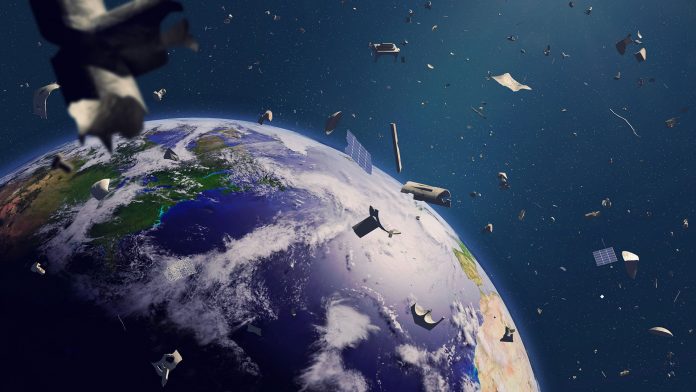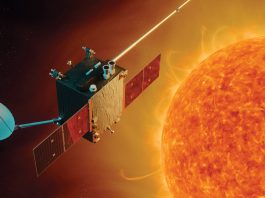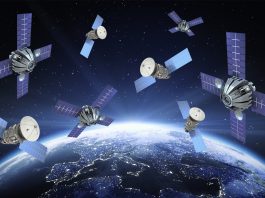According to scientists at the University of Bern, Switzerland, space debris has been observed by scientists for the first time during the day.
On 10 February 2009 two communication satellites, Iridium 33 and Cosmos 2251, collided over Siberia at an altitude of roughly 800 kilometres. The collision occurred at a speed of 11.7 kilometres per second and produced a cloud of more than 2,000 pieces of debris larger than 10 centimetres.
Satellites must regularly perform manoeuvres to avoid colliding with space debris, such as rocket launch equipment and obsolete satellites. Professor Thomas Schildknecht, head of the Zimmerwald Observatory and deputy director of the Astronomical Institute at the University of Bern, said: “The problem of so-called space debris—disused artificial objects in space—took on a new dimension.”
The European Space Agency (ESA) processes thousands of collision warnings per satellite per year and carries out dozens of manoeuvres per year. “Unfortunately, the orbits of these disused satellites, launcher upper stages or fragments of collisions and explosions are not known with sufficient accuracy, i.e. only to a few hundred metres,” explains Schildknecht.
Daytime observations of space debris
Researchers from the University of Bern have successfully carried out daylight observations of space debris using a geodetic laser at the Swiss Optical Ground Station and Geodynamics Observatory Zimmerwald. These observations were made using a combination of active tracking techniques for the debris with the highly sensitive scientific CMOS camera, instantaneous image processing, and a real-time digital filter to detect the photons reflected by the space debris.
Schildknecht added: “The possibility of observing during the day allows for the number of measures to be multiplied. There is a whole network of stations with geodetic lasers, which could in future help build up a highly precise space debris orbit catalogue. More accurate orbits will be essential in future to avoid collisions and improve safety and sustainability in space.”
Legislation to reduce orbital debris
Combining data from 1957 to 2017 on collision risk, orbital debris, and satellite counts, researchers at the National Academy of Sciences, USA, have created a physical-economic model and found that imposing a tax on orbiting satellites could increase the value of the satellite industry from approximately $600bn to approximately $3 trillion by 2040. This tax would increase the satellite industry’s value by decreasing satellite collision risks and the amount of satellite space debris, according to the authors.
At this time, there are no international space laws to clean up orbital debris. According to NASA, space junk is no one country’s responsibility, but the responsibility of every spacefaring country. The problem of managing space debris is a global challenge and an opportunity to preserve the space environment for future space exploration missions.









